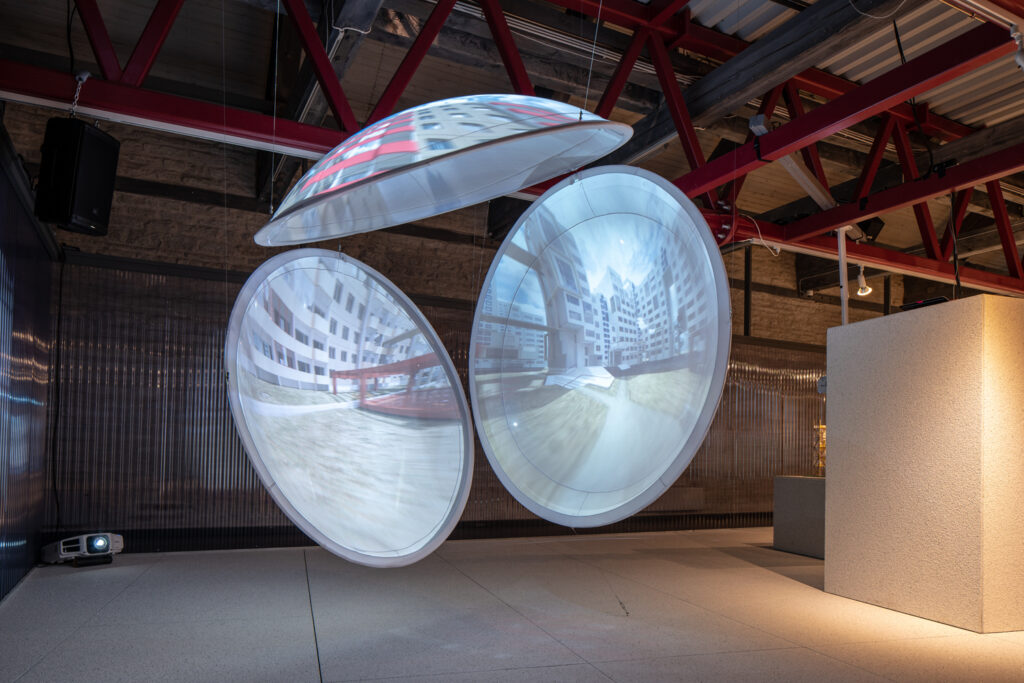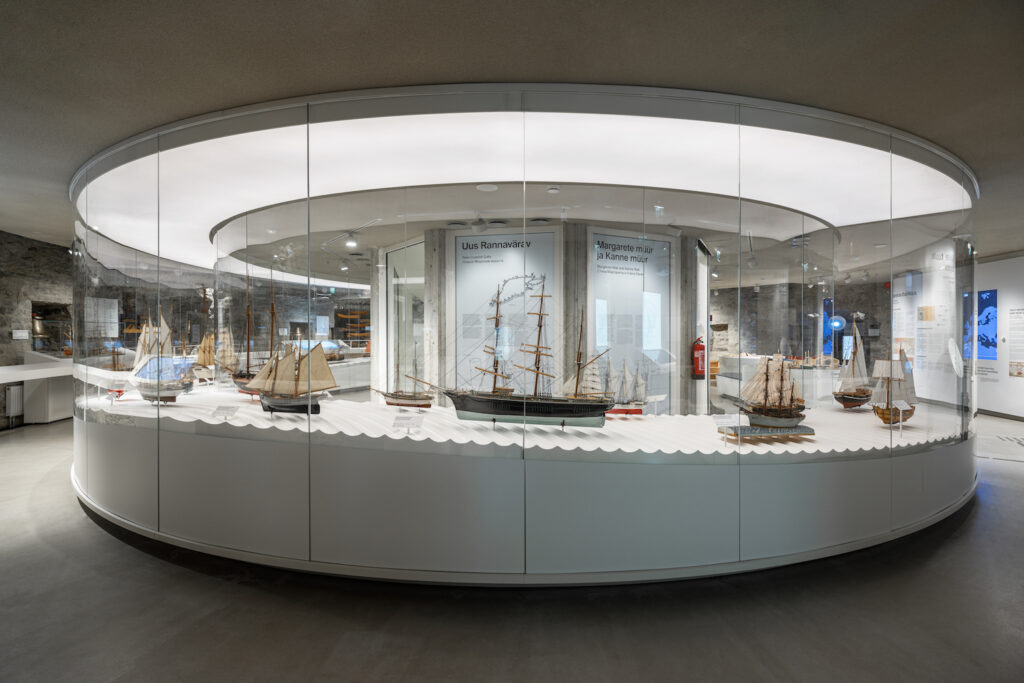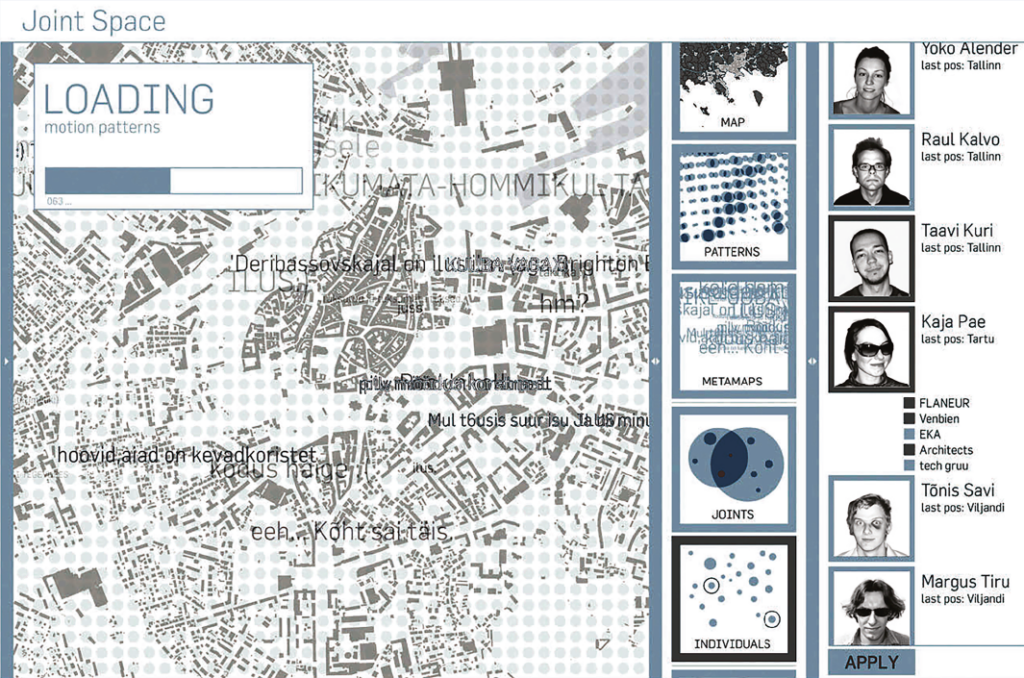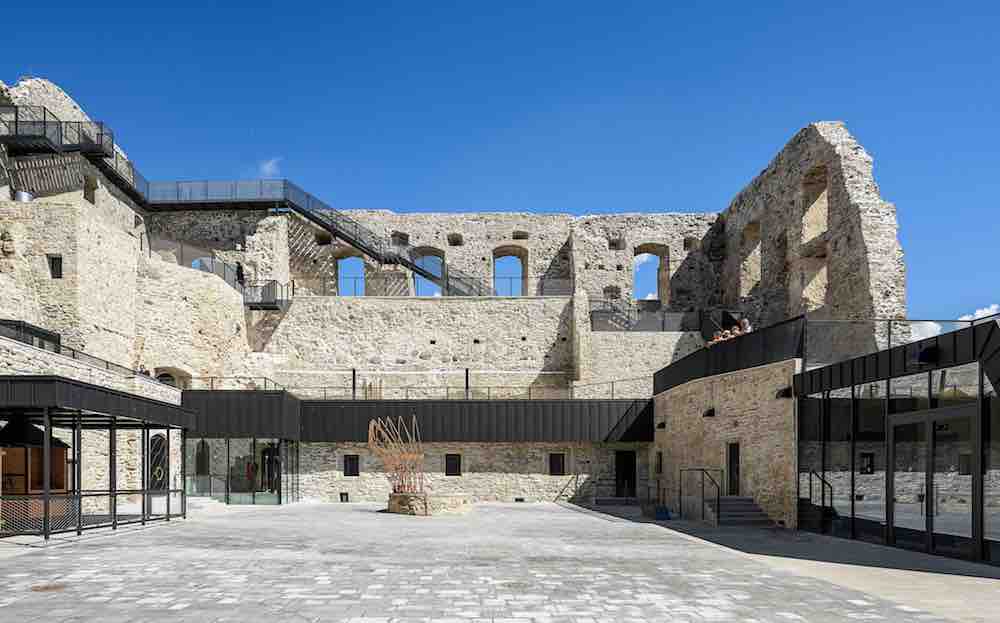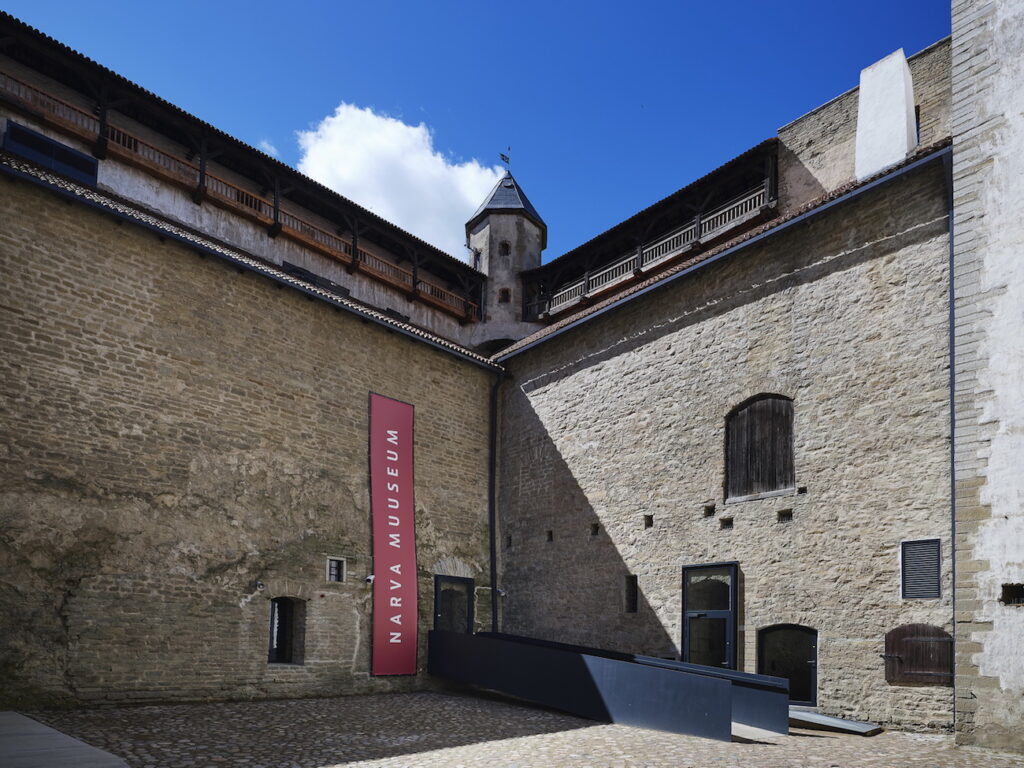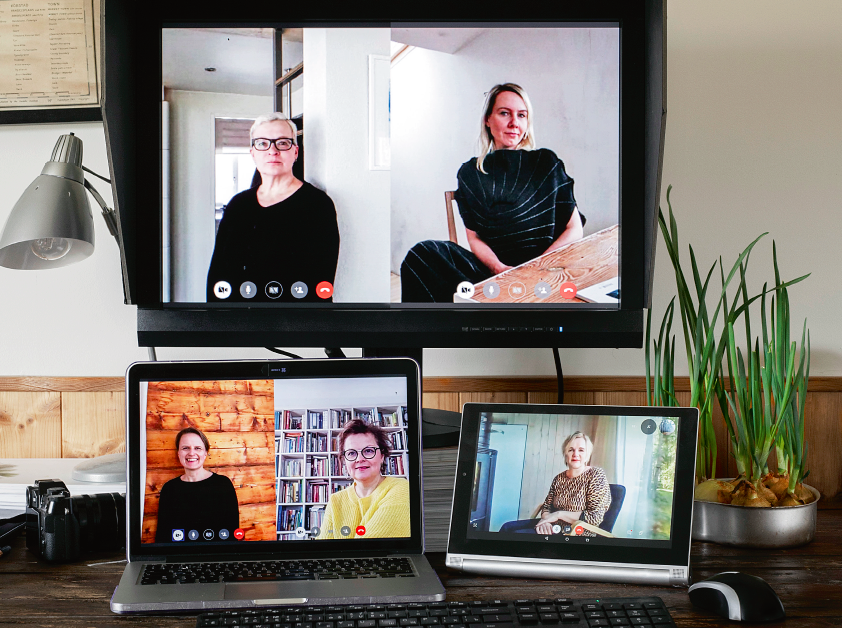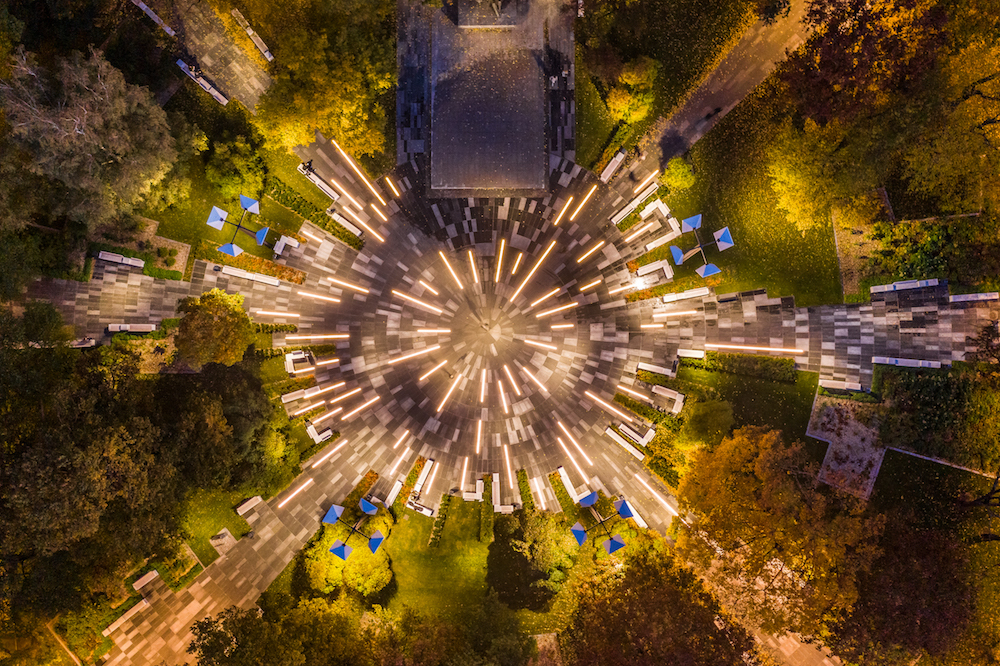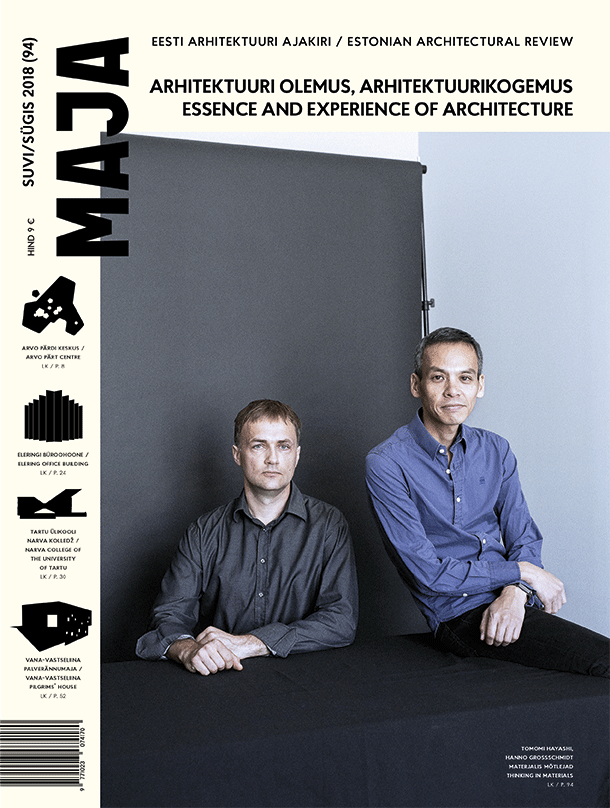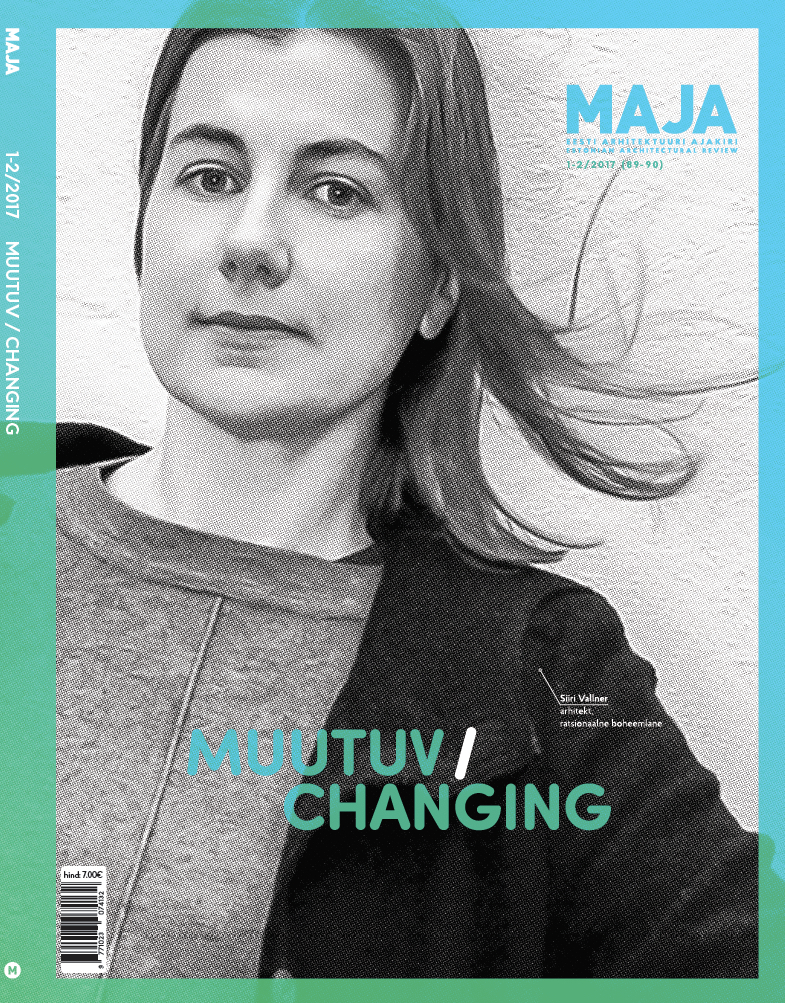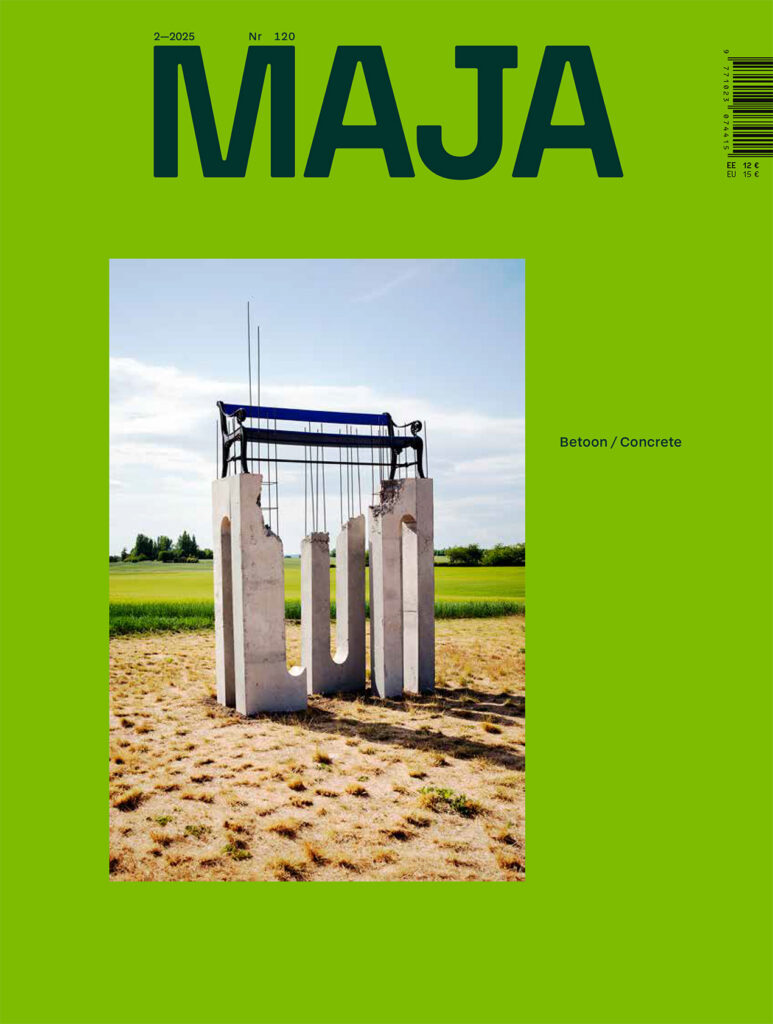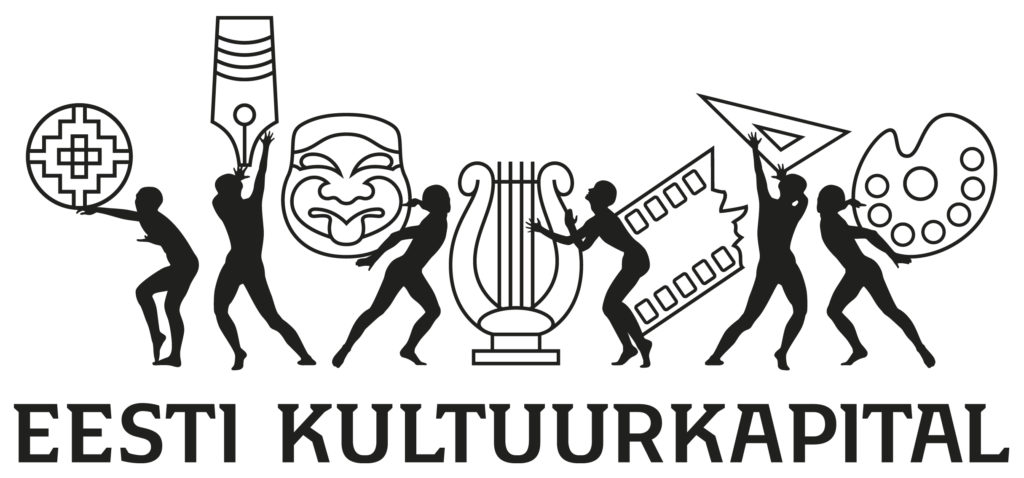The group exhibition, The Houses We Need at Estonian Museum of Architecture (11.06-21.11.2021) showcases 16 commissioned designs for houses ‘with the aim of ensuring a more beautiful, secure and peaceful future on planet Earth’.
Could a space be experienced before its completion? The authors of the interior architecture of Fat Margaret museum discuss how they used photogrammetry and virtual reality technology in the design process and how it facilitated the communication between the various project partners.
Does the legal space facilitate or hinder us in turning living environment in Estonia smart and in a smart way?
The stories we have heard ever since the beginning of the century about the merchandising of museums and the transformation of all culture into an unending festival are greatly exaggerated. The new cultural buildings are good examples of state-commissioned public spaces that are quite self-aware with no desire to go along with the general trends of commercialisation.
Rather than exhibiting objects and asking questions, the contemporary museum has become a place for experiences requiring submission to the logic of storytelling. Triin Ojari considers how the reconstructed Narva Castle relates to history and providing experiences.
Since 1994, the architectural review MAJA has been the key platform for promoting and reflecting on Estonian architecture. On the occasion of the 100th issue, all former editors-in-chief – Leele Välja, Piret Lindpere, Triin Ojari, Katrin Koov and Kaja Pae – came together to discuss their working principles and the changes the journal has undergone in the past twenty-five years. Interviewed by Andres Kurg.
Every act of redesign, renaming or shift, especially in downtown, always bears reference to choices and decisions with a broader ideological background.
Peatoimetaja Katrin Koov.
No more posts
ARCHITECTURE AWARDS


